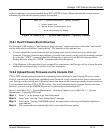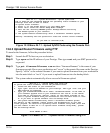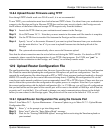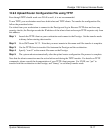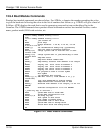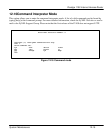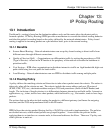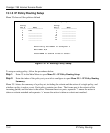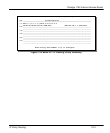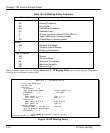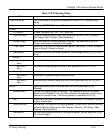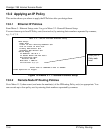
Prestige 1100 Internet Access Router
IP Policy Routing 13-1
Chapter 13:
IP Policy Routing
13.1 Introduction
Traditionally, routing is based on the destination address only and the router takes the shortest path to
forward a packet. IP Policy Routing (IPPR) provides a mechanism to override the default routing behavior
and alter the packet forwarding based on the policy defined by the network administrator. Policy-based
routing is applied to incoming packets on a per interface basis, prior to the normal routing.
13.1.1 Benefits
• Source-Based Routing – Network administrators can use policy-based routing to direct traffic from
different users through different connections.
• Quality of Service (QoS) – Organizations can differentiate traffic by setting the precedence or TOS
(Type of Service) values in the IP header at the periphery of the network to enable the backbone to
prioritize traffic.
• Cost Savings – IPPR allows organizations to distribute interactive traffic on high-bandwidth, high-cost
paths while using low-cost paths for batch traffic.
• Load Sharing – Network administrators can use IPPR to distribute traffic among multiple paths.
13.1.2 Routing Policy
A policy defines the matching criteria and the action to take when a packet meets the criteria. The action is
taken only when all the criteria are met. The criteria include the source address and port, IP protocol
(ICMP, UDP, TCP, etc.), destination address and port, TOS and precedence (fields in the IP header) and
length. The inclusion of length criterion is to differentiate between interactive and bulk traffic. Interactive
applications, e.g., telnet, tend to have short packets, while bulk traffic, e.g., file transfer, tends to have large
packets.
The actions that can be taken include routing the packet to a different gateway (and hence the outgoing
interface) and the TOS and precedence fields in the IP header.
IPPR follows the existing packet filtering facility of ZyNOS in style and in implementation. The policies
are divided into sets, where related policies are grouped together. A user defines the policies before
applying them to an interface or a remote node, in the same fashion as the filters. There are 12 policy sets
with 6 policies in each set.



